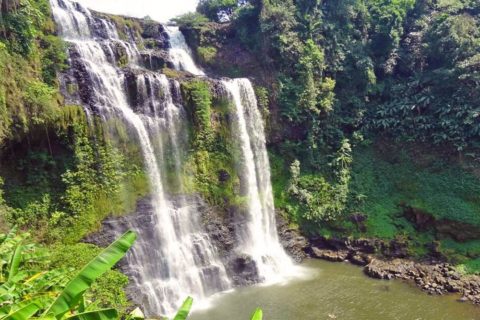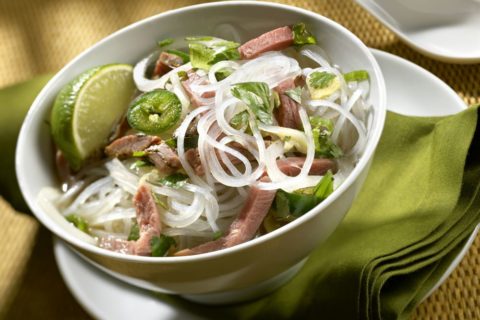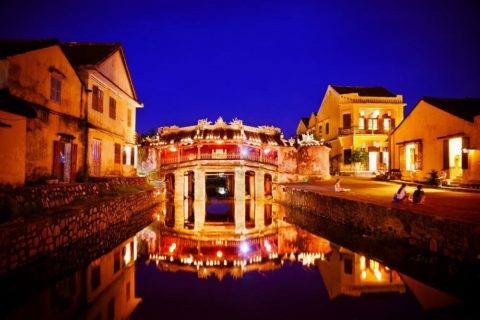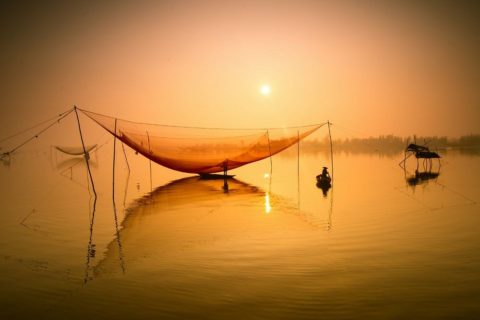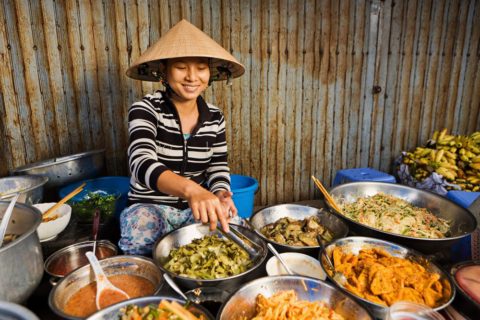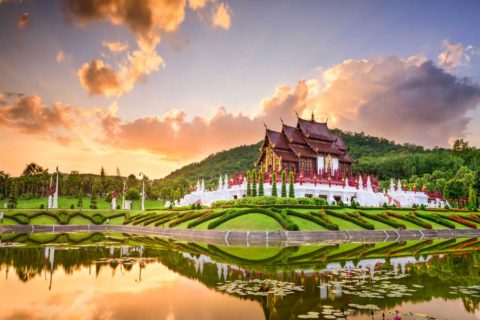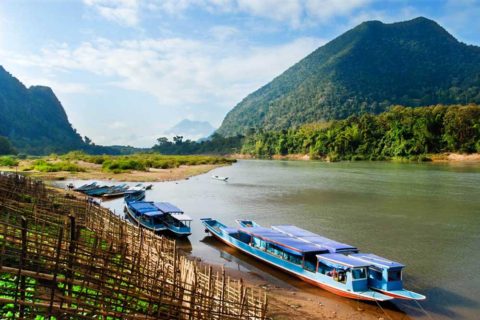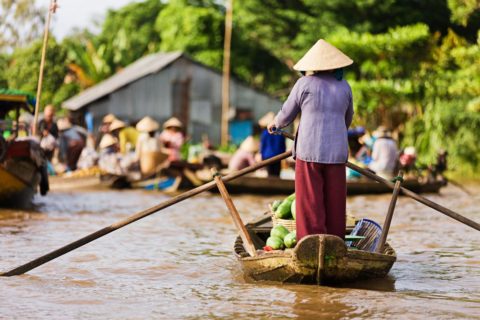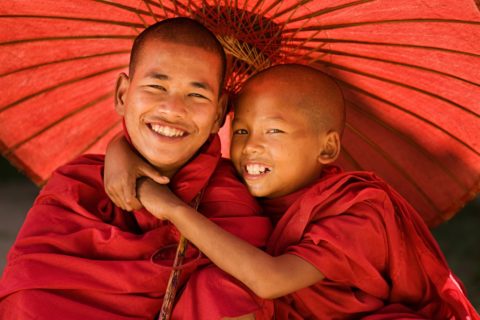HOW CAN WE HELP?
Essential travel information and frequently asked questions about Vietnam. Visa and immigration requirements and charges may vary depending on travellers nationality, please check the latest information on Vietnam authorities official website.
We look forward to your travels with us to Vietnam.
Vietnam Overview

| Country Facts & Figures | |
|---|---|
| Country Name: | Vietnam |
| President: | Nguyễn Phú Trọng |
| Population: | 94,569,072 |
| Capital: | Hanoi |
| Cities: | Ho Chi Minh City, Hanoi, Haiphong, Can Tho, Da Nang, Bien Hoa. |
| Area: | 128,565 sq mi (332,698 sq km) |
| Highest point: | Lào Cai Province 3143m |
| Languages: | Vietnamese |
| Religions: | 73.2% Folk or Irreligious, 12.2% Buddhism, 8.3% Christianity, 4.8% Caodaism, 1.4% Hoahaoism, 0.1% Other religions |
| Ethnic groups: | Kinh (Viet) 85.7%, Tay 1.9%, Tai Ethnic 1.8%, Mường 1.5%, Khmer Krom (Khơ Me Crộm) 1.5%, Hmong 1.2%, Nùng 1.1%, Hoa 1% |
| Time: | UTC+7 (Vietnam Standard Time) |
| Country code: | +84 |
| Currency: | 1USD = 23,133.70 Vietnamese dong(VND) |

When deciding the best time to visit Vietnam, consider the country’s tropical monsoon climate, dominated by the south or southwesterly monsoon from May to September and the northeast monsoon from October to April. The southern summer monsoon brings rain to the two deltas and west-facing slopes, while the cold winter monsoon picks up moisture over the Gulf of Tonkin and dumps it along the central coast and the eastern edge of the central highlands. Within this basic pattern there are marked differences according to altitude and latitude; temperatures in the south remain equable all year round, while the north experiences distinct seasonal variations.
GMT + 7 hours.
Travelling in Vietnam
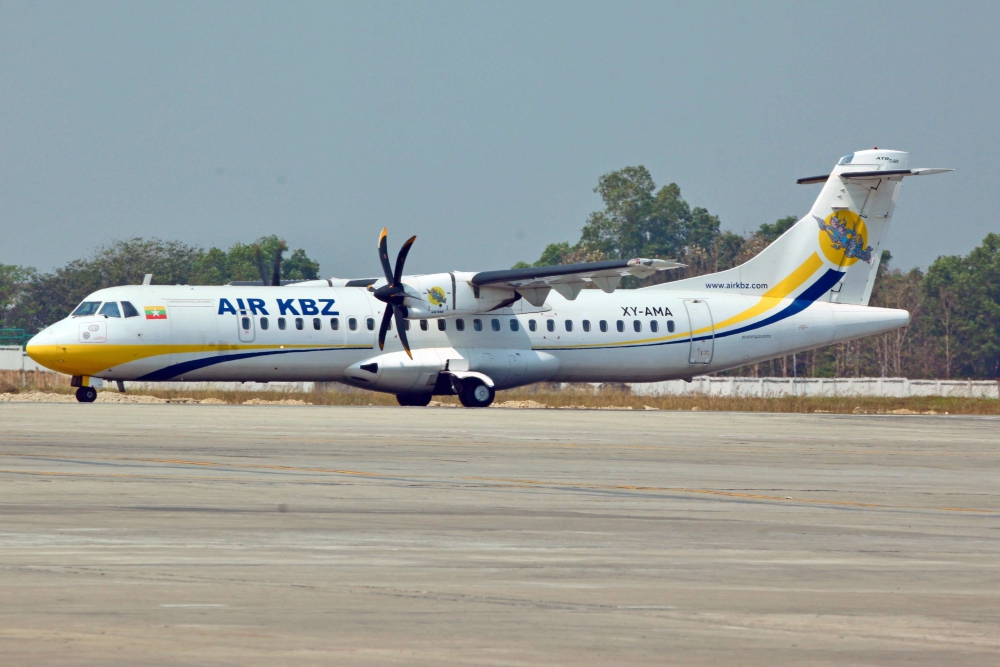
Vietnam Airlines (VN) (www.vietnamairlines.com) operates daily flights between Hanoi, Ho Chi Minh City, Hué, Danang and NhaTrang. Jetstar Pacific (www.jetstar.com) also operate flights on these routes. Regular services are also provided by Vietnam Airlines between Hanoi and Ho Chi Minh City to Buon Ma Thuot, Dalat, Phu Quoc, Pleiku and Qui Nhon.
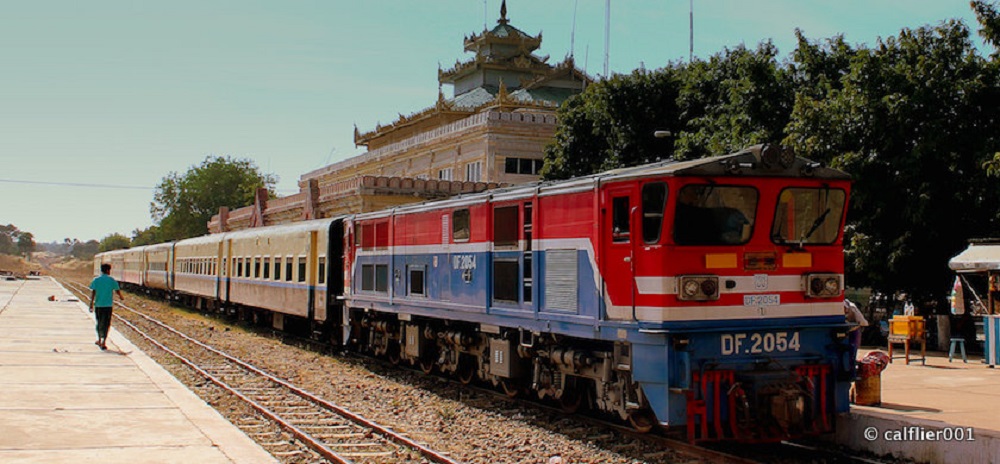
The road situation has improved dramatically so flights are used for long distances and to save time. It is still easier to fly to places like Dien Bien Phu. Flights are particularly busy around the Tet holiday in January/February and it is essential to book ahead. The road network throughout Vietnam is reasonable but the standard of the roads varies dramatically from good to appalling. Road conditions can deteriorate during the rainy season. It is possible to hire chauffeur-driven cars from travel companies. Self-drive car hire is non-existent. Seat belts are not compulsory in Vietnam. Cars drive on the right.
Taxis are plentiful and cheap. They can be flagged down on the street or arranged through your hotel or the restaurant where you are eating. Always make sure the driver has set the meter before starting the journey.
Bicycles can be hired for a day or longer from shops in the main towns and cities. Many Vietnamese people still have a bicycle as their main form of transport but now there are many more motorbikes as well as cars and lorries. Particular care must be taken when cycling in towns and on main roads outside the towns as drivers do not always observe road rules and are not cyclist-aware.
Long-distance coaches operate throughout the country, between Hanoi, Hué, Danang and Ho Chi Minh City.

Vietnam has hotels ranging from ultra-luxe to budget and everything in between. Official star ratings are based on local standards and may not always correspond to the international level.

Loose, natural fabrics all year, but warmer clothing is required in the highlands, and in the winter in north Vietnam. Rainwear is essential during the wet season.
Language & Culture
The official language is ‘Vietnamese’ with numerous regional and minority languages and dialects. English is spoken at all major hotels. Basic English is also spoken widely throughout the country, and travelers will almost always find someone who will at least understand and speak a few words of English. Discovery DMC provides guiding services in English, German, French, Italian, Spanish, Russian, Japanese, Thai and Chinese.
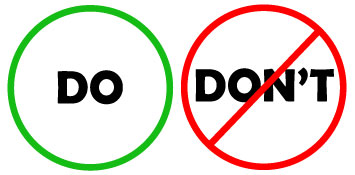
Water used for drinking, brushing teeth or making ice should be filtered. However, bottled water is widely available and cheap; make sure the seal is unbroken before drinking. Unpasteurised milk should be boiled. However, pasteurised milk is widely available now. Avoid dairy products that are likely to have been made from unboiled milk. Only eat well-cooked meat and fish, preferably served hot. Vegetables should be cooked and fruit should be peeled.
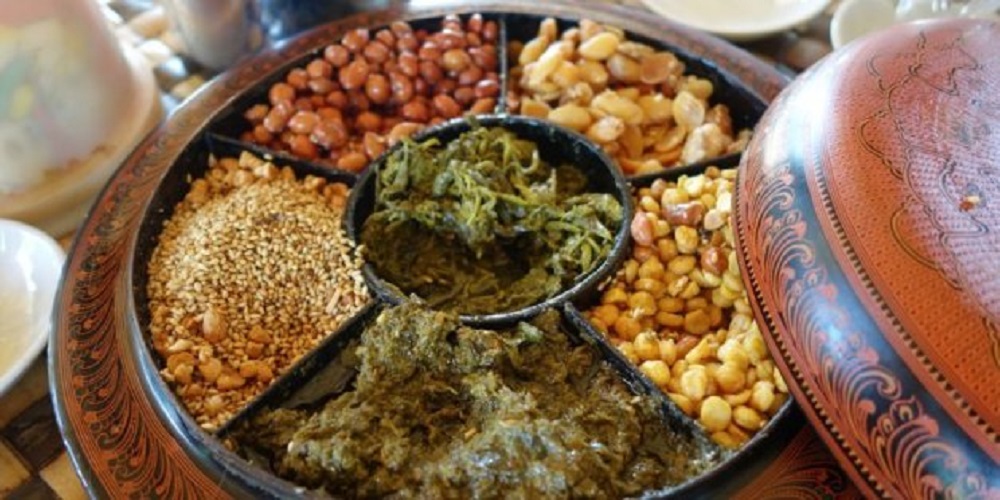
Vietnamese cooking is varied and usually superb, as the profusion of Vietnamese restaurants in New York, London and Berlin contest. It is a mixture of Vietnamese, Chinese and French traditions, with a plethora of regional variations. As in all countries of the region, rice or noodles usually provide the basis of a meal. Not surprisingly, fish is plentiful. Pride is taken in the fact that the freshest of vegetables are used and the vegetables and fruit served is seasonal.

Because of its geography, the climate in Vietnam varies greatly from north to south with three distinct climatic zones. Tropical monsoons occur from October to April in the centre and from May to September in the north and south. It is almost totally dry throughout the rest of the year. It can get exceptionally hot, however, all year round, but the north has a cooler time between October and April. Temperatures around the country can reach up to 40C in the height of the hot and rainy season (May to September), but the northern highlands and Hanoi can often seem chilly and damp in the winter.
There is no one ideal time to visit Vietnam as a whole but at any time of year there will be sun somewhere. The high season is from September to March but bad weather can disrupt travel in the centre of the country during this period, particularly from September to December. For the beaches in the centre of Vietnam, Danang, Hoi An and NhaTrang, it is best to go between May and August. The autumn is the best time to visit Halong Bay when there should be clear skies.
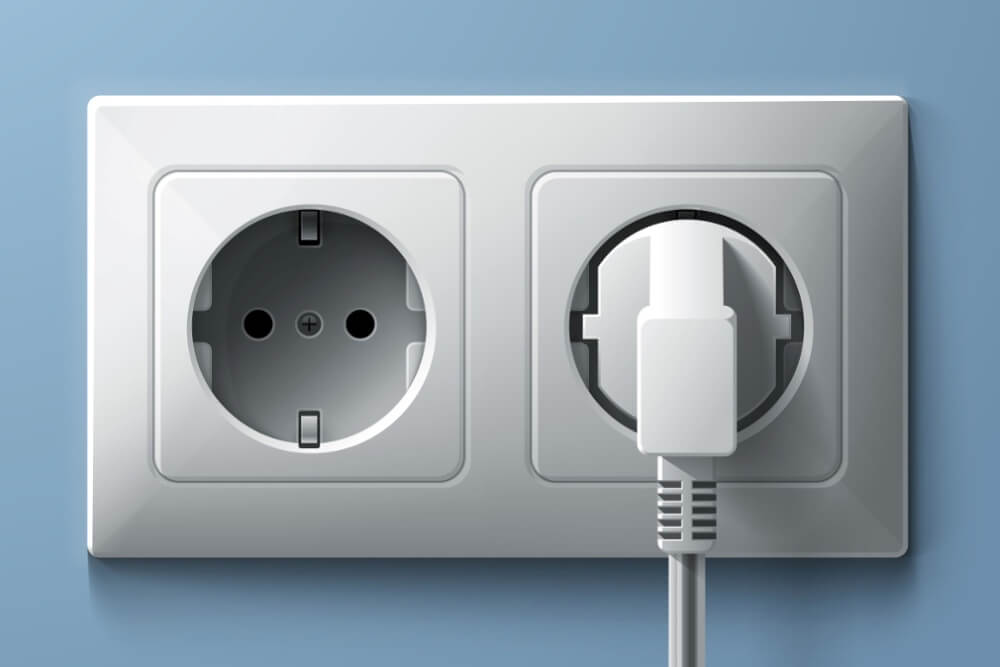
The standard household (hotel) electrical supply in Vietnam is 220 volt, 50 Hertz, but you may find that 110 volt, 50 Hertz outlets are still in use in some places. In Vietnam, the standard socket accepts a two round pins plug without a ground pin (Type A), but non-standard two flat blade (Type B) or two rectangular blade sockets and plugs are still in use.
Some modern hotels and office blocks have three pin round (Type D) or UK three pin square sockets (Type C).
Before traveling to Vietnam, it is wise to survey your various items that you will need and that require electricity to operate. Verify you have the proper adapters, converters, or transformers to get electricity in Vietnam.
Visa & Border Crossings
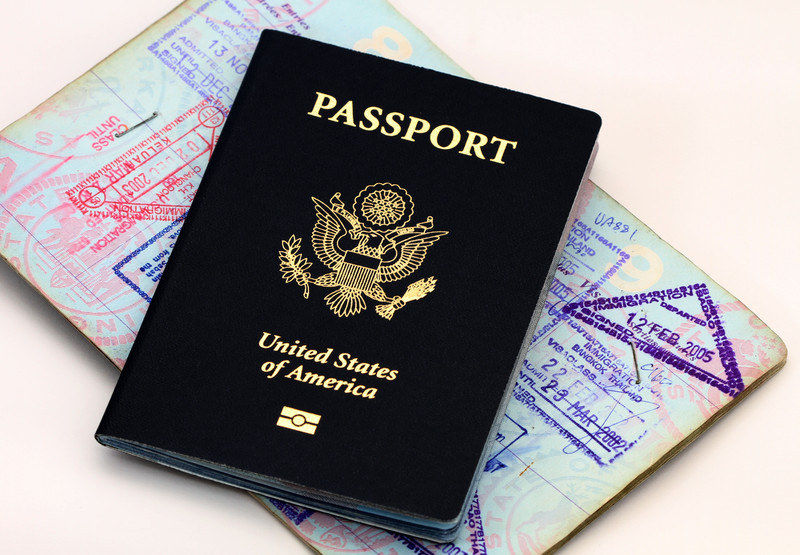
All travelers to Vietnam require a valid passport and a visa (or pre-approval for a visa on arrival) to enter Vietnam. EXCEPT certain nationalities who are granted 14 days tourist visa on arrival. Your passport must be valid for six months beyond your planned stay, and you must have at least one blank visa page. Visit the Embassy of Vietnam website for the most current information.

All travelers to Vietnam require a valid passport and a visa (or pre-approval for a visa on arrival) to enter Vietnam. EXCEPT certain nationalities who are granted 14 days tourist visa on arrival. Your passport must be valid for six months beyond your planned stay, and you must have at least one blank visa page. Visit the Embassy of Vietnam website for the most current information.
Money
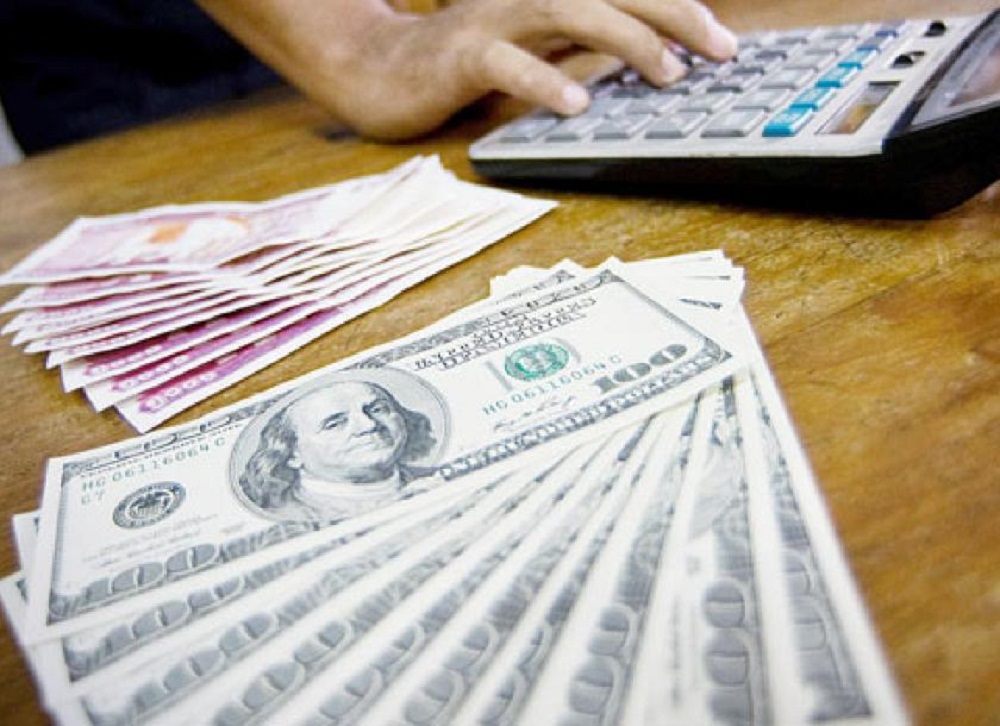
Dông (VND; symbol ₫). Notes are in denominations of ₫500,000, 200,000, 100,000, 50,000, 20,000, 10,000, 5,000, 2,000, 1,000 and 500. Coins are in denominations of ₫5,000, 2,000, 1,000 and 500.
Import and export of local currency is limited to ₫15,000,000. Import and export of foreign currency over US$7,000 should be declared at customs.
The US Dollar is the most favoured foreign currency. Australian, British, Japanese, Singaporean and Thai currency, as well as the Euro, can usually be changed in the larger cities; great difficulty may be encountered in trying to exchange any other currencies. There is a commission charge for changing money in banks.
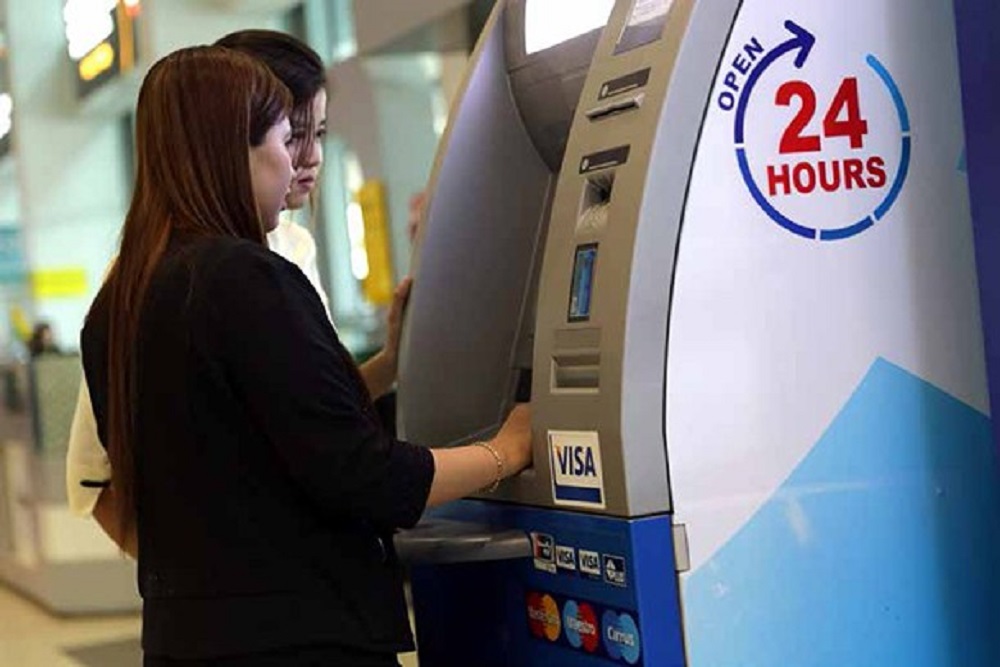
Banking hours vary from bank to bank but are generally open from Monday-Friday 08h30-16h00; some may close for lunch. Many banks are also open on Saturday morning; all banks are closed on Sunday.
An increasing number of outlets accept MasterCard and Visa credit cards. However, outside main towns and cities, it is wise to carry cash. There are ATMs in many major towns, but not in rural areas. ATMs issue Dông, and the single withdrawal limit varies, depending on the bank, ranging from ₫2,000,000 to much larger amounts.
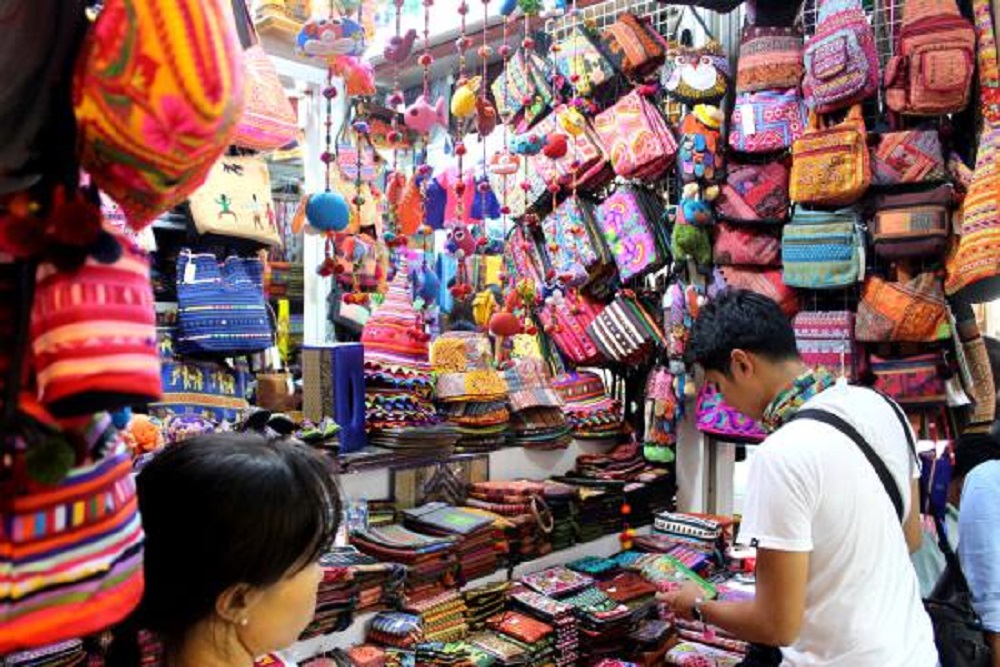
Hanoi is a shopper’s paradise with silk, handicrafts, rice paper products, souvenirs, bandanas and Ao Dais in a riot of colors! Here we take you to a tour on what to buy in Vietnam Hanoi and the best places for shopping in Hanoi.
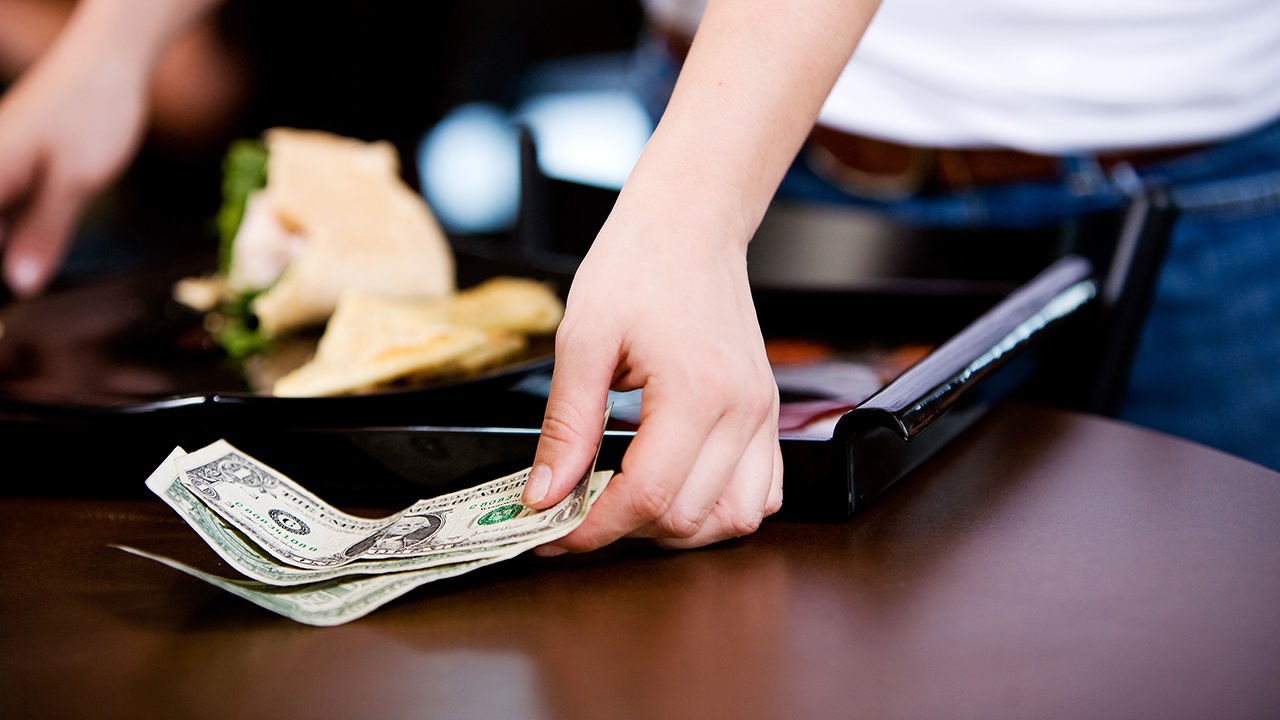
Tipping is now quite customary, especially in tourist areas, and is much appreciated in a country where salaries are still low. Upscale restaurants and hotels may add a 5-10% service charge to the bill.
Mobile & Internet
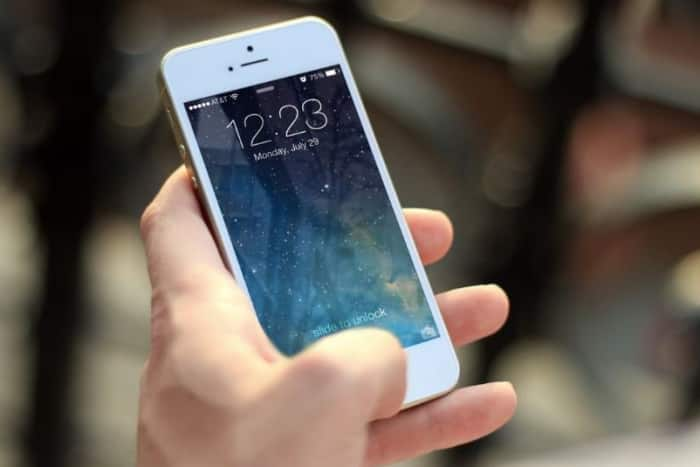
Telecoms are controlled by the state and work very well in Vietnam. Roaming costs can be high and it is good idea to buy an inexpensive local sim card for your travels in Vietnam.
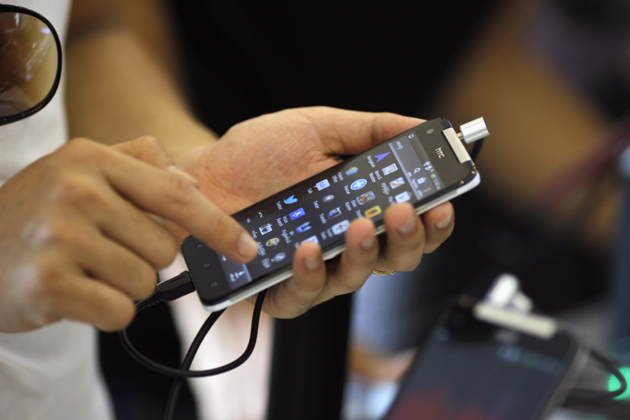
Vietnam has superb internet connectivity. Any coffee shop and hotel will have highspeed internet in the main cities. In rural areas expect less stellar speeds and connectivity.
Tours in Vietnam
NORTH VIETNAM MINORITIES AND LANDSCAPES
Adventure tour to North Vietnam's most scenic hill region with paddy terraces, dramatic valleys and ethnic minority villages...
BEST OF VIETNAM
This guided tour will introduce you to the cultural highlights and most famous destinations of Vietnam in 10 days....
VIETNAM FOR COUPLES
Enjoy some of the most romantic destinations in Vietnam on this guided tour, ideal for couples and honeymooners....
MEET THE LOCALS
Discover the most famous destinations of Vietnam and meet with charmingly hospitable people of the North, Center and South on this guided journey....
VIETNAM HIGHLIGHTS
Travel to the classic highlight destinations of Vietnam on this guided tour. The journey begins in Hanoi and ends in Saigon...
CULINARY TREATS
This tour will introduce to you the world of delicious Vietnamese cuisine in some of the most authentic settings in the country....
NORTH THAILAND & BURMA IN STYLE
Explore the most famous world heritage highlights of Vietnam and Myanmar on this tour. The journey begins in Hanoi and ends in Yangon....
INDOCHINA HIGHLIGHTS – 21D
Ultimate journey through Indochina covering three capitals and most famous cultural highlights of the region. The tour begins in Laos, then follows into Cambodia and ends in Vietnam....
MEKONG WATERWAYS 21D
Journey down along the mighty Mekong River and explore gems of Indochina on this 21 days long tour covering Laos, Cambodia and Vietnam....
NORTHERN VIETNAM TRIBES & LANDSCAPES
The trip is designed to discover the stunning landscapes and hill tribes in northern Vietnam....
BEST OF MYANMAR & VIETNAM 14D
Experience the most authentic sights of Vietnam and Myanmar on this guided journey. You can extend the tour conveniently with beach stays....
VIETNAM & MYANMAR HIGHLIGHTS 15D
Explore the most famous world heritage highlights of Vietnam and Myanmar on this tour. The journey begins in Hanoi and ends in Yangon....
Itinerary Ideas
Vietnam / Essential Information
- Visas and border crossings
- Country facts and figures
- Language and culture
- Security
- Money
- Mobiles and the Internet
- Travel to and around Vietnam
- And more
